You’ll find a brief description of Cat6 and Cat7, pros and cons, and a comparison table in this article. So, let’s begin.
What is Cat 6 (Category 6)?
Cat6 or category 6 is an Ethernet cable type used mostly at homes or offices for enabling a network connection. Category 6, as the name suggests, is the 6th gen cable, defined by the EIA and TIA. Such cables are compatible with the CAT 5e and CAT 5 cables in a backward manner. The Cat6 wiring supports data transfer rates of up to 10GB/s and a maximum frequency of about 250Mhz. Cat6 cables are tightly bound and have two or more twists every cm. However, the number of twists varies from manufacturer to manufacturer. The Cat6 cables come with thicker sheaths as compared to its previous generation. While they can be used for a distance of up to 100m when used for 1000BASE-T Ethernet, the length of Cat6 cable drops to around 37m – 55m, when used for 10GBASE-T Ethernet. Because of the thickness of the sheath, the Cat6 wires are protected against Alien Crosstalk and Near-End Crosstalk.
Pros & Cons of Cat 6
Let’s now move towards the pros and cons of Cat6 cables. Pros:
Cost-effective to buy and install Cat6 cables offer better insulation Meets most household requirements Recognition from EIA and TIA Compatible backward with the last two generations
Cons:
Installation is quite hard Cat6 cables cannot manage multiple applications Life span is short Cat6 cables have a less bandwidths as compared to the Cat7
How fast is Cat 6?
The Cat6 cables offer a data transfer rate of 1 Gigabit/second up to 100m. However, this speed is a theoretical value. The real value will be less because of several collisions, interruptions, or transient failures. But if the conditions are optimal, you can achieve speeds of about 900Mbps for a brief period. The Cat6 cables can easily manage up to 10Gigabit connections within a limited distance (up to 55m). A single Cat6 cable can allow a single 10Gigabit connection over a 180 feet distance.
What is Cat6A?
Define in 2018, Cat6A is Augmented Category 6 Standard. It is an improved version of Cat6 and is defined by TIA for bandwidth up to 500MHz, which is twice that of standard Cat6. Cat6A also has a substantial increase in the maximum length it supports over Cat6. For instance, when used for 10GBASE-T, Cat6 has a limit of 55m while Cat6A can have a maximum length of 100m.
What Connectors do CAT 6 Cables use?
The Cat6 cables use Registered Jack 45 (RJ-45) connectors, which is also used by the previous-gen of the Ethernet cables. The RJ45 plugs come with eight pins where each wire of the cat6 cable connects electrically. Ideally, each wire strand is inserted at about 1 millimeter apart with the help of a crimping tool. In the (RJ-45) plug, the plug means the male end of this connection. And the jack means the female end where the male end or plug is inserted.
What is Cat 7 (Category 7)?
Difference Between CAT 5e Vs CAT 6 Difference Between CAT 7 Vs CAT 8 Difference Between CAT 5 Vs CAT 6
Cat7 cables are the better versions of Cat6. Cat7 cables offer better bandwidth and speed when it comes to data transmission. That’s the reason why Cat7 cables are expensive as compared to the Cat6. But if you consider the performance and advantages, the price you pay is worth it. The Cat7 cables can easily reach speeds of up to 100GBs/second in a range of up to 15 meters. Now, if you’re within this range, the Cat7 can be easily connected with the latest routers and modems and then to your devices. Similar to the Cat6 Ethernet cables, the Cat7 cables are also shielded. It is done to remove any noise and helps enhance the quality of the connection.
Pros and Cons of Cat 7
Find the pros and cons of Cat7 cables below: – Pros
The noise and crosstalk is minimum in this case It’s great for modern homes Cat7 cables have a better lifespan Cat7 offer backward compatibility Offer better speed It offers better bandwidth
Cons
Suited for offices and professional spaces. The initial cost and installation are costly The Cat7 has no recognition from TIA/EIA Cat7 wires are hard to install
How fast is Cat 7?
The Cat7 cables can support speeds of up to 10GBps. However, the laboratory testing proved that you could achieve up to 40GBs/second over a distance of 50 meters, and in extreme cases, you can touch 100GBs/second. It said that the “Class F,” which is the newer version of cabling, can support better frequencies of up to 600Mhz. However, Cat7 being a newer variant, is yet not approved by TIA/IEA for telecommunications. So, you have to think twice before using it.
What Connectors do CAT 7 Cables use?
There’s no use of the RJ-45 connectors in the case of Cat7 cables. The Cat7 cables make use of the modified Giga Gate 45 (GG45) Connector.
Comparison Table of Cat6 Vs Cat7
Let’s compare Cat6 and Cat7 using a comparison table: –
Why are the Copper wires in Cat6 & Cat7 twisted?
The copper wires within the Cat7 and Cat6 cables are twisted so as to reduce interference. When the interference decreases, the crosstalk decreases & the range increases, which helps in improving the connection speed and quality. It’s the reason cables with more turns are better in terms of eliminating noise and crosstalk.
Is Cat7 the fastest Ethernet cable?
No. There’s another version known as Cat8. The Cat8 cables have better shielding, which protects its conductors from EMI or electromagnetic interference. The Cat8 cables can reach speeds of up to 40GBs/second and frequencies of up to 2Ghz.
What Ethernet Cable Should I Use?
Whichever Ethernet cable meets your requirements the best is what you should opt for. However, as per the experts, if you’re buying an Ethernet cable for your home, you should opt for Cat6 cables. It can easily manage your basic downloads and even online gaming needs. So, if you have a good internet connection at your home, the Cat6 cables won’t let you down. In case you have professional requirements like you need to run multiple applications, Cat6 cables might limit you. And in this situation, you should opt for Cat7 cables. The Cat7 cables can prove more reliable here because they support multiple connections without causing many errors or crosstalk.
Conclusion
By now, you would have known what Cat7 and Cat6 cables are and what they’re used for. Both these Ethernet cables have their own advantages and disadvantages but still serve the purpose pretty well. And if you’re unable to decide, you can refer to the above paragraph. We hope this article will clear all your questions regarding Cat7 and Cat6 cables. Comment * Name * Email * Website
Δ



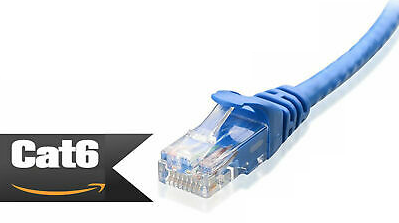
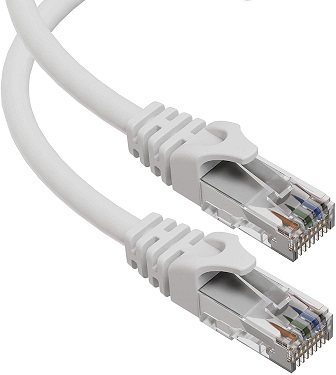
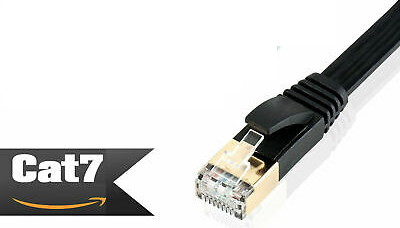
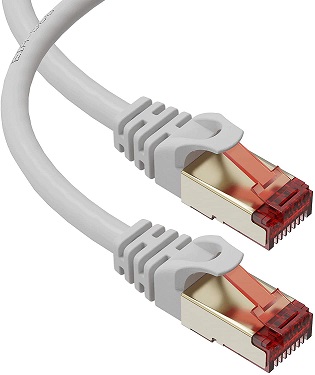
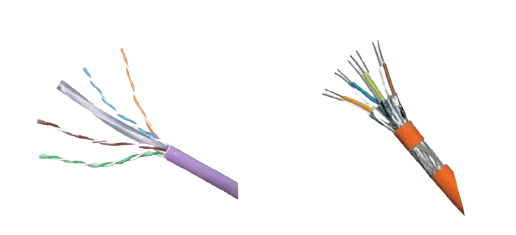
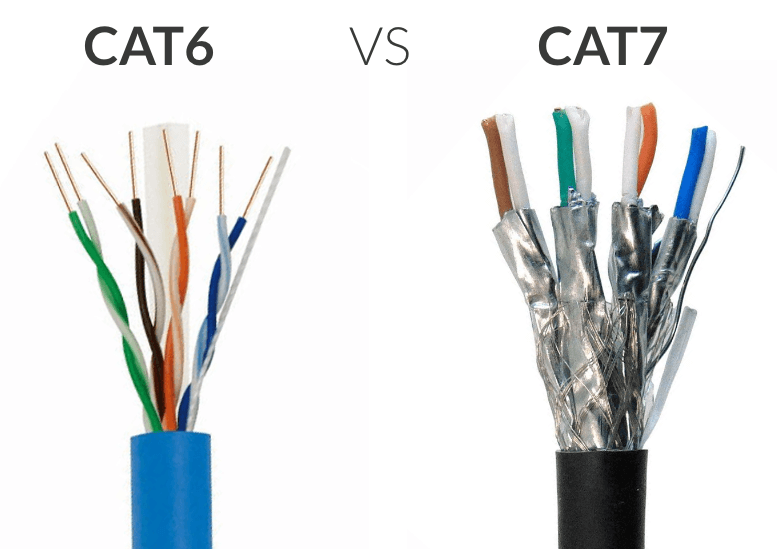


![]()